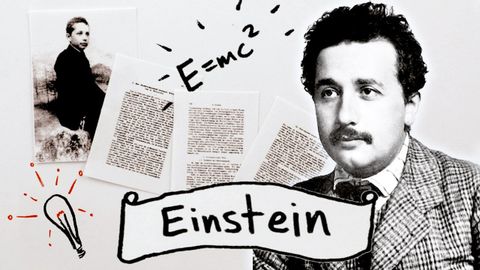
Subtitles & vocabulary
Albert Einstein: Why Light is Quantum
00
稲葉白兎 posted on 2014/08/28Save
Video vocabulary
individual
US /ˌɪndəˈvɪdʒuəl/
・
UK /ˌɪndɪˈvɪdʒuəl/
- Countable Noun
- Single person, looked at separately from others
- A single thing or item, especially when part of a set or group.
- Adjective
- Made for use by one single person
- Having a distinct manner different from others
A2
More point
US /pɔɪnt/
・
UK /pɔɪnt/
- Noun (Countable/Uncountable)
- An item to be discussed
- Small spot or dot
- Intransitive Verb
- To face a certain direction, e.g. north
A1TOEIC
More light
US /laɪt/
・
UK /laɪt/
- Transitive Verb
- To cause something to burn; put a burning match to
- To provide a way to see ahead
- Adjective
- Being bright making it easy to see; not dark
- Being pale and lacking darkness of color
A1
More century
US /ˈsɛntʃəri/
・
UK /'sentʃərɪ/
- Noun (Countable/Uncountable)
- Period of 100 years
- In cricket, a score of 100 or more runs in a single innings by a batter.
A1
More Use Energy
Unlock All Vocabulary
Unlock pronunciation, explanations, and filters
